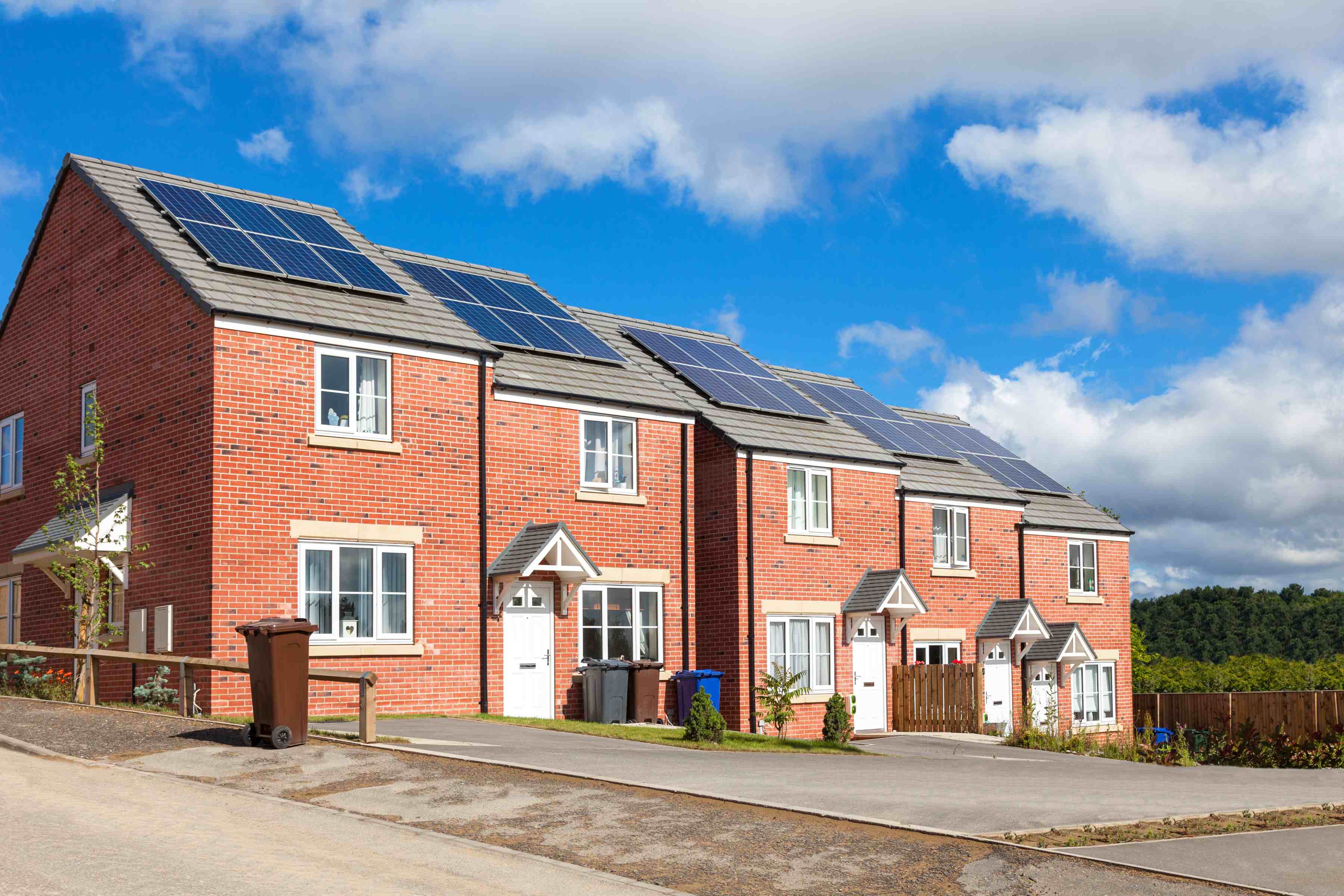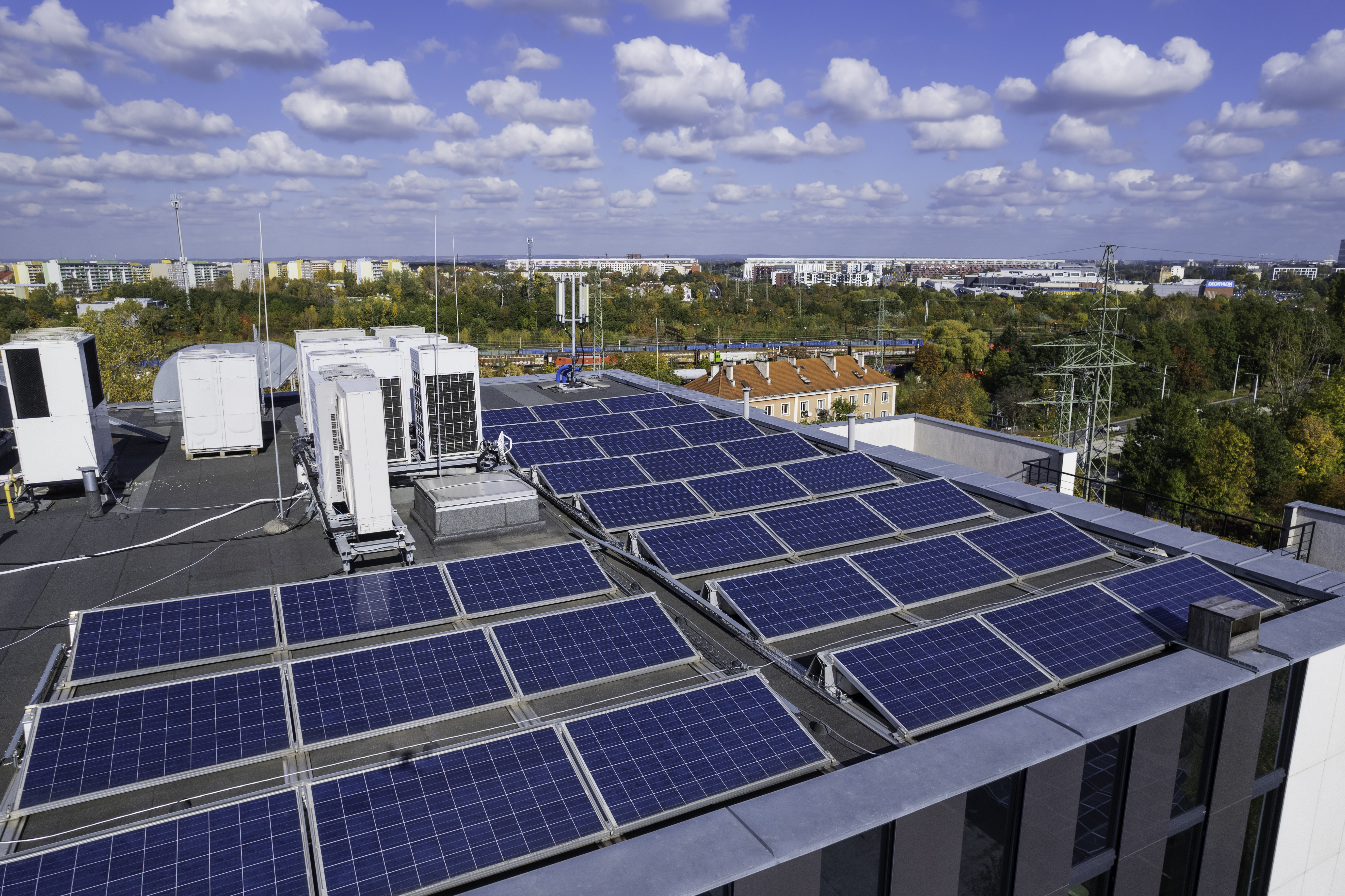I’ve decided I want solar PV – what next?

You’ve decided you’d like solar PV but you’re not sure where to start? Read on for an overview of the process.
Introduction to Solar Power
Solar Wizard is designed to help you assess if solar PV panels are right for your building.
Solar panel electricity systems, also known as photovoltaics (PV), capture the sun’s energy using photovoltaic cells which can sit on the roofs of homes and buildings. It works by converting sunlight into electricity via the PV cells, which can power household appliances and lighting. Watch our video for an easy introduction to solar power.
How suitable is solar PV for me?
The first step in getting solar PV is to figure out if it will actually be beneficial to you. This is known as feasibility – and Solar Wizard is designed to help you make a judgement. The simplest way to assess the feasibility is to look at the estimated payback period. If this is less than the lifetime of your panels (normally at least 20 years), you know that investing in panels could be a good idea. Solar Wizard also allows more complex financial analyses too. You can calculate the internal rate of return, return on investment, and net present value of the potential project. Of course, you may be less concerned about financial payback if your priority is carbon savings.
Are there any grants or financial support for solar PV?
Once you can see that your installation is feasible, it’s worth looking into financial support to help cover the cost of the panels. The main financial support for solar PV currently is the smart export guarantee (SEG). Under SEG, you can sign up to a tariff where your supplier will pay you for each unit of electricity you export to the grid (it doesn’t have to be the same supplier as for your electricity). This support forms part of Solar Wizard’s assessment – but the SEG tariff is normally quite low, so you are unlikely to make much money this way – and it won’t cover any upfront costs.
The Energy Company Obligation (ECO) scheme exists to make homes more energy efficient. Solar PV can be fully or partially paid for through this scheme if you are eligible – you can check on Ofgem’s ECO4 FAQ page. Note that there are many measures recommended through ECO, and you may not necessarily be offered funding for solar PV. Another option is the Local Authority Flex (LA Flex) scheme, which is very similar to ECO but your local authority sets their own eligibility criteria – so you’d need to check with them whether you qualify for funding.
Some local authorities may offer grants for solar PV. As the criteria can vary, it is best to check your local authority website or to contact them for details.
Finding a solar PV Installer
After assessing the feasibility of your solar PV installation, the next step is to find an installer. We recommend that you get quotes from three installers, making sure to request a technical survey. Any installer you choose will need to be registered with the microgeneration certification scheme (MCS) to make your installation eligible for SEG. MCS offers a tool to search for qualified installers, which is a great place to start. You should also check that the installer has signed up to the renewable energy consumer code. This should protect you in most instances, but for added peace of mind, follow our installer checklist. You should be aware that whilst installer costs are likely to be different to that predicted by Solar Wizard tool (see why here), if a quote is very different to that predicted this could be a warning sign.
Getting your solar PV set up
In general, it should take only a few days to install your panels and connect them to the electricity grid. Once this is done, your installer should notify your distribution network operator (DNO) within 28 days to let them know that your panels are generating. Within 10 working days of installing your panels, your installer should provide you with your MCS certificate. Once you have your MCS certificate you should then apply for a SEG tariff – you will need to contact a SEG licensee directly to get details of their tariffs. Ofgem provides a list of licensees here.
What if Solar PV isn't feasible on your home?
Unfortunately, solar PV isn’t feasible on every building. If this is the case for you, you may want to look into other renewable energy options – check Ofgem’s SEG information to find out which technologies are eligible for the export tariff. Alternatively you could look into supporting your local community building or school to install solar PV panels on their roof. You can find more examples and help on the websites of various community energy organisations – we recommend starting with Community Energy Wales, Community Energy Scotland, and Community Energy England. Whilst a community energy project will demand more of your time and energy than putting panels on your own home, it can drive real change in your area!





